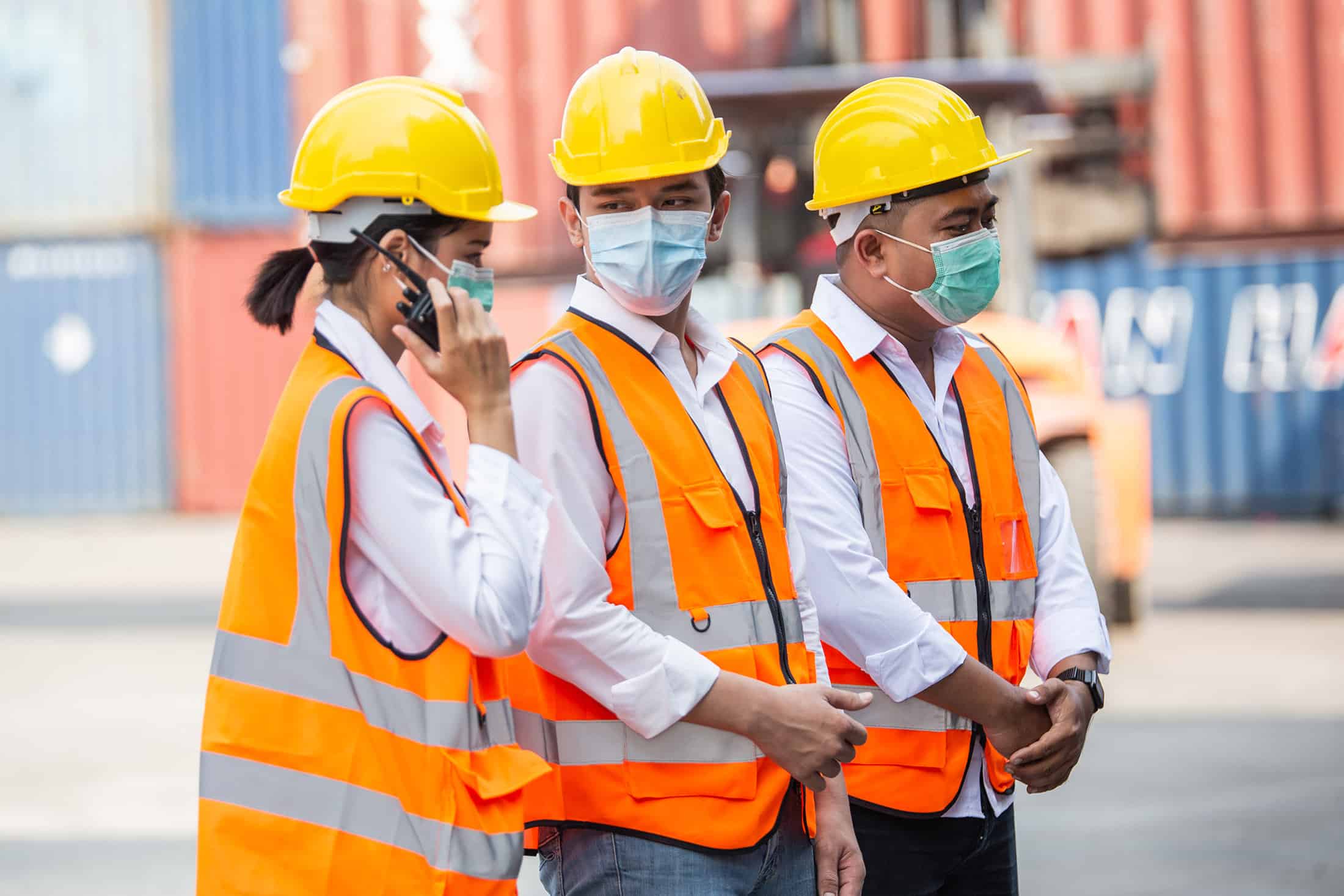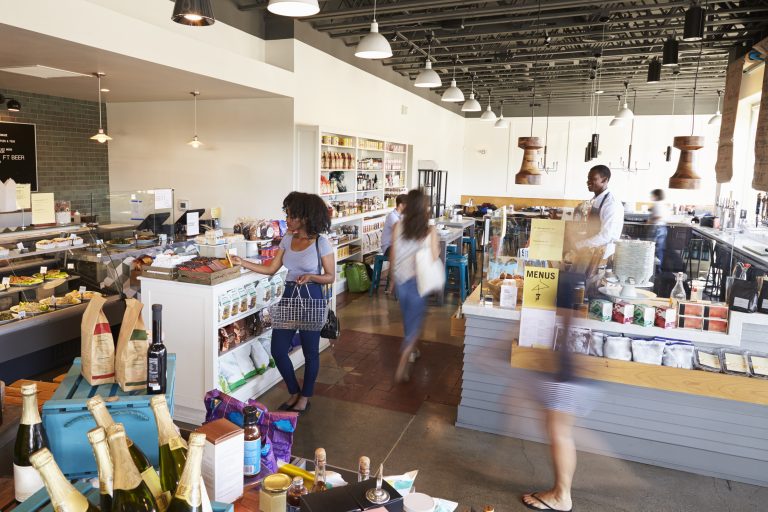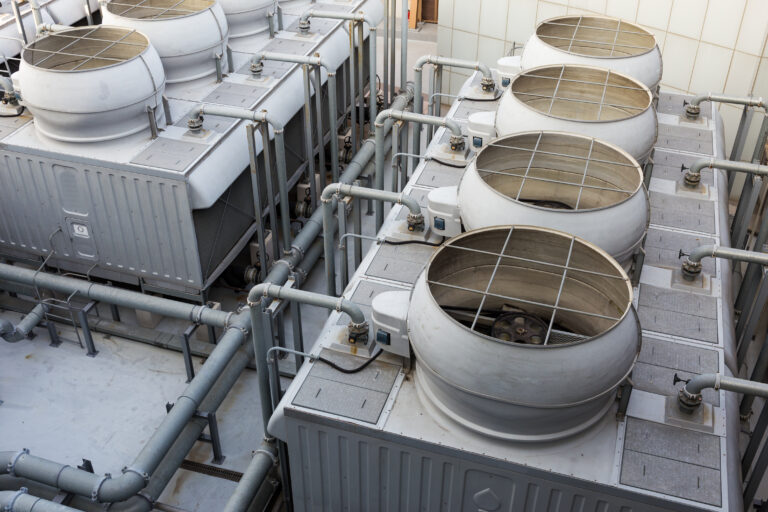In March 2020, the World Health Organization officially declared COVID-19 a global pandemic. Two years later, and the battle against the virus seems largely won, but businesses around the world continue to feel the effects of this unusual time in history. In this post, we explore how the construction industry is grappling with pandemic-related challenges – and finding innovative solutions to keep afloat.
First detected in December 2019, COVID-19 is a virus that spreads primarily through the moisture that is released when a person exhales. Contagious and capable of infecting those in close proximity, the virus can cause severe illness and death, particularly for high-risk groups such as the elderly or those with other medical issues.
Governments around the world reacted to the pandemic in various ways, attempting to stop the spread of the virus through lockdowns, mask requirements, testing, and other measures. Industries of all types quickly felt the repercussions as containment measures put a halt to normal operations, causing stock markets to crash and the global economy to shrink. This drastically impacted the construction industry, which has always been sensitive to economic fluctuations due to the complex and intertwined nature of the work.
COVID-19 particularly exacerbated labour shortages, a challenge the industry was already struggling with due to the many health and safety hazards present in construction. The pandemic worsened these issues by disrupting supply chains, increasing unemployment, and placing a high priority on intensive health and safety measures.
Those still able to work are now in a much different environment than that of the pre-pandemic construction world. With governments still struggling to adjust to the consequences of the virus, policies that encourage actions such as physical distancing and increased sanitization remain in place. These policies have significant impacts on the number of people who can work in an area, project timelines, how projects are managed, and many other matters related to daily operations.
In other words, because of the uncertainty and instability caused by the pandemic, fundamental aspects of the workplace have been altered, affecting everything from wages to work schedules to stress levels – and it looks like things might not change anytime soon.
Despite these obstacles, the construction industry has proven to be resilient and flexible. New strategies have been adopted, such as an increased focus on automation and digitization. Robots, remote work, and emerging technologies such as building information modeling (BIM) are taking center stage. Companies are placing a heavier focus on planning for needed materials, like tiles, fittings, and coils, as supply chain disruptions continue to cause shortages. And, of course, it goes without saying that workplace health and safety remains a priority for the industry.
The battle against COVID-19 isn’t over, and there may still be challenges ahead. Ultimately, though, the construction industry seems set not only to survive the fight – but also to emerge stronger than ever.
Looking for a team to take the lead on your next project? At Pulse Construction, we’re committed to doing business with an honest, professional, and competitive approach – without compromising safety or schedules. Contact us today for all of your building needs.



